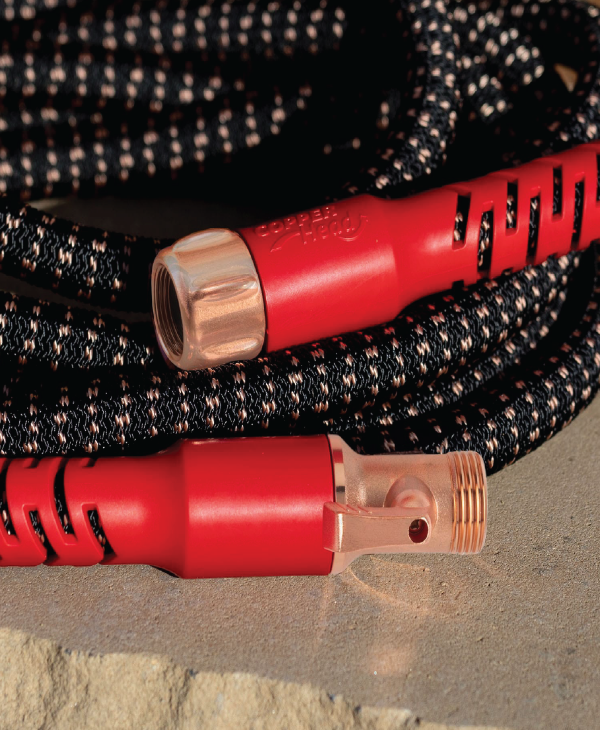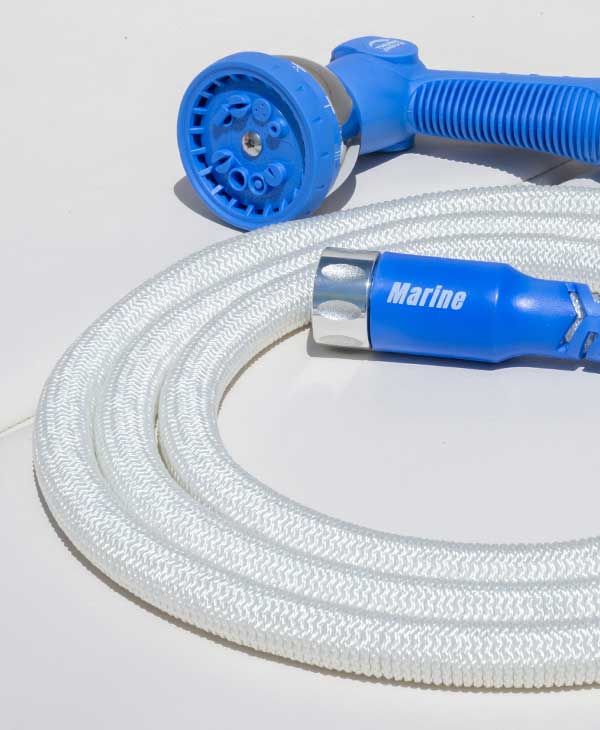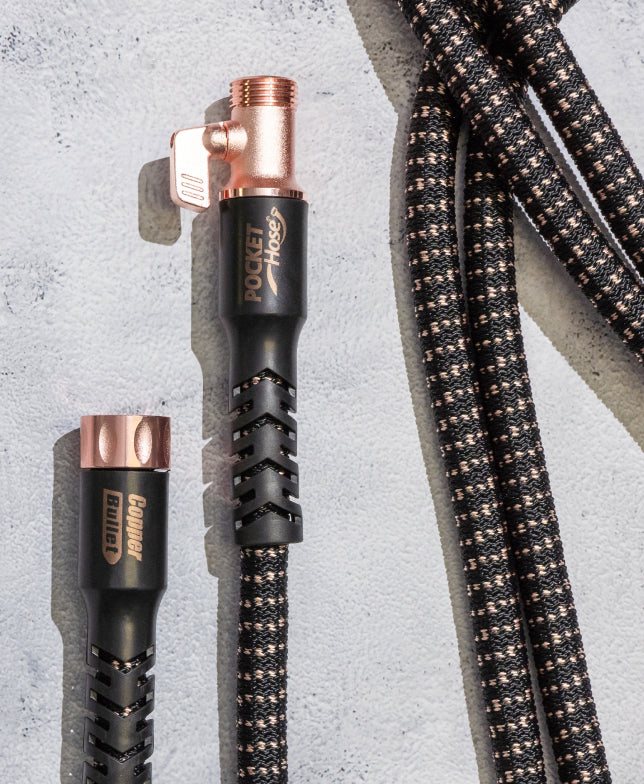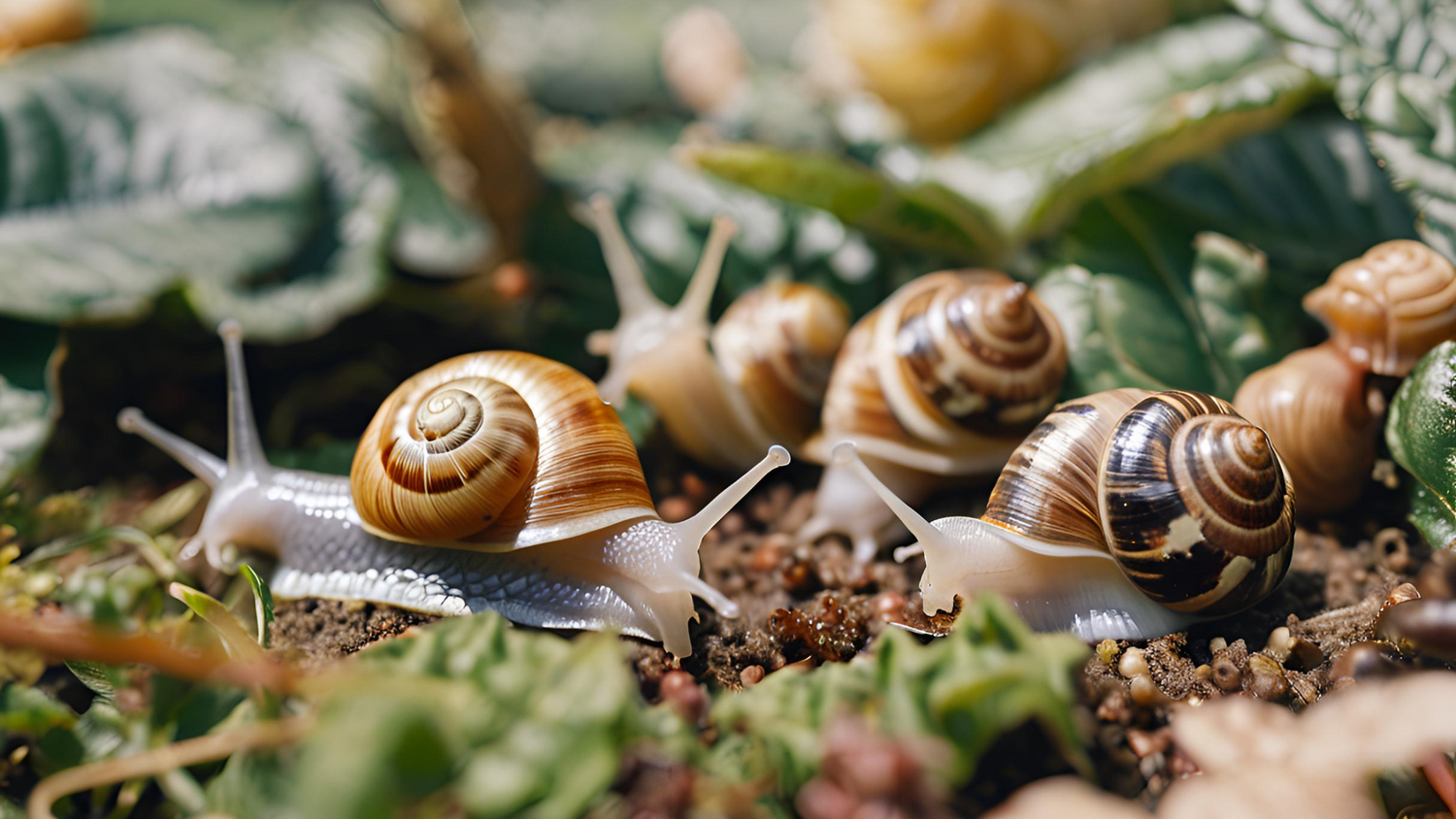Slugs and snails are a gardener's nightmare. They silently nibble away at the leaves and fruits of plants, often causing significant damage. As a result, many gardeners turn to chemical solutions to control these pesky intruders. However, increasing awareness of these chemicals' environmental and health impacts has led many to seek natural, chemical-free gardening practices. This comprehensive guide will explore the various methods available to win the battle against slugs and snails without resorting to hazardous substances.
Understanding Your Adversary
Before delving into slug control and snail remedies, it's essential to understand your adversary. Both slugs and snails belong to the mollusk family. They are similar in many ways, but slugs lack the snail's signature shell. These creatures are renowned for their voracious appetites and are primarily active at night or during overcast, humid conditions.
Slugs and snails are attracted to gardens with moist, sheltered spots and abundant, tender, succulent vegetation. They lay their eggs in the soil, which hatch into tiny replicas of the adults, which can mature in months.
The Impact of Chemical Solutions
Traditional slug and snail remedies often include metaldehyde or iron phosphate pellets scattered around the plants in question. These chemical baits can effectively reduce the population of these pests, but they also have drawbacks. Chemical treatments can harm non-target species, including pets, wildlife, and beneficial insects. Moreover, they can contaminate the soil and nearby water sources, leading to broader ecological consequences.
This is why a shifting trend towards chemical-free gardening and natural pest control methods has grown in popularity. Not only can these methods be just as effective as their chemical counterparts, but they also contribute to a healthier garden ecosystem.
Chemical-Free Gardening: Slug and Snail Remedies
Here are several strategies to control slugs and snails without harmful chemicals:
1. Encourage Natural Predators
One of the most effective long-term strategies for slug and snail control is encouraging their natural predators. Birds, frogs, toads, hedgehogs, and certain beetles enjoy feasting on these pests. To attract birds, maintain a birdbath and nesting boxes. To entice amphibians, consider having a pond in your garden. To draw in beneficial insects, plant a diverse range of flora. Fostering a diverse ecosystem can help keep the slug and snail populations in check.
2. Manual Removal
Although it can be time-consuming, manually removing slugs and snails immediately reduces their population. Evening is the best time to go on a slug and snail hunt since they are more active during the cooler, humid hours. Collect them in a container and transport them far from your garden. Some gardeners opt to create a "sacrificial bed" with plants that slugs and snails love to lure them away from other high-value crops, making them easier to collect.
3. Barrier Methods
Creating barriers around your plants can effectively deter slugs and snails. Here are some materials that these mollusks dislike and will typically avoid crossing:
- Copper Tape: When slugs and snails come into contact with copper, a chemical reaction causes discomfort, deterring them from crossing. Surround your pots or beds with copper tape to create an effective barrier.
- Sharp Grit or Eggshells: By spreading sharp grit, crushed eggshells, or diatomaceous earth around your plants, you can create an abrasive barrier that slugs and snails will tend to avoid.
- Wool Pellets: When wet, wool pellets form a mat that slugs and snails dislike moving across.
- Coffee Grounds: Some gardeners have succeeded in spreading coffee grounds as a deterrent; however, this method has mixed reviews.
4. Traps
You can set up traps to catch slugs and snails. One option is to use beer traps, which are shallow containers filled with beer and placed in the ground to level the rim with the surface. The beer's fermentation attracts the slugs and snails, causing them to fall in and drown. Another method is to place boards or upside-down grapefruit halves in your garden as hiding spots for the pests to gather under during the day and then collect and remove them.
5. Watering Practices
To discourage the presence of slugs and snails, consider adjusting your watering schedule to avoid moist conditions that attract these pests. Specifically, watering your garden in the early mornings allows the soil surface to dry out gradually throughout the day, creating a less hospitable environment for these unwelcome critters. Limiting moisture levels during the day can make your garden less appealing to slugs and snails.
6. Regular Cultivation
Regularly turning over the soil and removing weeds can effectively expose slug and snail eggs, reducing their chances of survival. Additionally, by disrupting their hiding spots through cultivation, you can create a less attractive environment for these pests in your garden.
7. Companion Planting
Remember the following advice: Some plants are known to repel slugs and snails. Growing these alongside your vulnerable plants can help keep them away. Consider planting strong-smelling herbs such as rosemary, thyme, or mint, which tend to deter slugs and snails due to their potent scent.
8. Seaweed
Accessing seaweed can be an excellent natural mulch option to discourage slugs and snails from your garden. The salt content and texture of the seaweed create an unfavorable environment for these pests. Placing seaweed as mulch can help protect your plants from slug and snail damage.
Monitoring and Maintaining a Balanced Approach
The key to success with these methods is regularly monitoring your garden and maintaining a balanced approach. Each garden is different, and what works for one may not work for another. It's imperative to try various methods and find the combination that best suits your garden's environment.
Regular inspections can help you spot and solve slug and snail problems before they escalate. Observe which plants are most affected, the times of day, or weather conditions when damage occurs, and adapt your control methods accordingly.
Final Thoughts
A strategy that combines various chemical-free gardening methods makes it possible to win the battle against slugs and snails without chemicals. The core principle is to create an environment less attractive to these pests while encouraging their natural predators. By implementing the tips and strategies outlined above, gardeners can maintain a healthy, productive garden without relying on harmful chemicals. Chemical-free slug control and snail remedies protect our environment and promote biodiversity and a more natural balance in our gardens.






Leave a comment
This site is protected by hCaptcha and the hCaptcha Privacy Policy and Terms of Service apply.